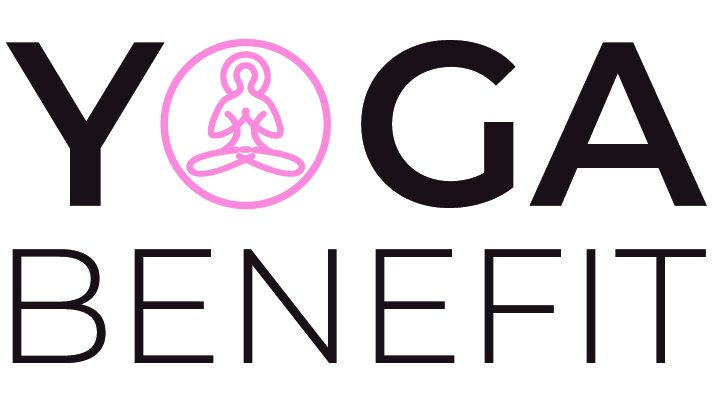Going to your first yoga class at a yoga studio can be an incredibly rich experience. Special energy builds when other pauses surround you and bodies are led by a guide standing in your presence.
It can be intimidating to visit a studio if you are unfamiliar with the practices and expectations of most studios. Here are some tips to help make the jump.
Keep your “stuff” outside the classroom.
In the yoga classroom, you should leave your shoes outside, turn off your phone, and consider leaving it with your purse/wallet a good distance away from your mat. You will need to remove your shoes from the room, turn off your phone, and leave it with your wallet/purse a distance away from your mat. Some studios offer lockers or cubbies for you to use.
By avoiding talking on the phone, sending texts, or discussing in class with other students politics, stressful events in your family, or dissatisfaction at work, you can contribute to creating a harmonious environment in the room. You can enter your classroom as if you were entering an ancient temple or forest. Find a quiet place to lay out your yoga mat.
Most studios offer mats for rent or to borrow. After you find your place in the room, you can greet those around you by smiling and making eye contact. Before the teacher arrives, there will usually be other students who attend the same class as you. They can answer any questions that you have about the course. You can also sit on your mat and wait for the teacher to arrive.
Let your teacher know and see you.
Most yoga instructors arrive in the classroom between 5 and 10 minutes before class begins. It gives them the opportunity to inquire about pre-existing injuries or conditions that could put a student at risk in a category. This could include (but not be limited to) pregnancy or recovery from minor or major surgeries and high blood pressure.
Arrive 10 minutes before your first class to connect with your instructor and share any concerns or questions you may have. Also, let them know that this is your first time at the studio. If you are unable to speak with your instructor before class, it is still possible for you to help them by wearing clothing that allows you an outline of your body. This includes your hips, knees, and spine.
It is harder to determine if your posture is safe when wearing baggy pants or t-shirts. Clothing that exposes your chest, butt, or groin can also be distracting in the classroom. Wear clothing you are comfortable in. Layers will allow you to adjust your temperature if it becomes too hot or cold. You will want to remain for the duration of class once the practice starts.
You May Experience Some ‘Strange’ Odors
You will likely encounter at least one person who farts or has a strong body smell in a yoga studio. At some point, you might be that person. You can avoid this situation by being aware of what you eat.
Garlic, onions, and other strong spices can increase body odor. Food that is difficult to digest can cause flatulence. Try to find foods that are mildly spicy and easy to digest. Eat 3 to 4 hours prior to class.
Some Sanskrit Words and Chanting will be Said.
During class, you may be asked to speak in Sanskrit (the classical language of Yoga). It is possible to chant “Om” at the start or end of the yoga practice. This word has a very large meaning, but it is important to note that the goal of chanting the word in your tradition is for you to feel a sense of the “bigger picture.” You can then temporarily forget about the specifics of your life.
Namaste is often used to greet students before and after classes. This word acknowledges that we are all connected by a common good and invites us to practice together.
Here’s a little information about what to expect from a yoga class. But be open-minded and ready for your first encounter. Make a note if anything feels “off” about the teacher, your fellow students, or the class. You can find many other courses, teachers, and studios. You’ll find the right match. Namaste.
